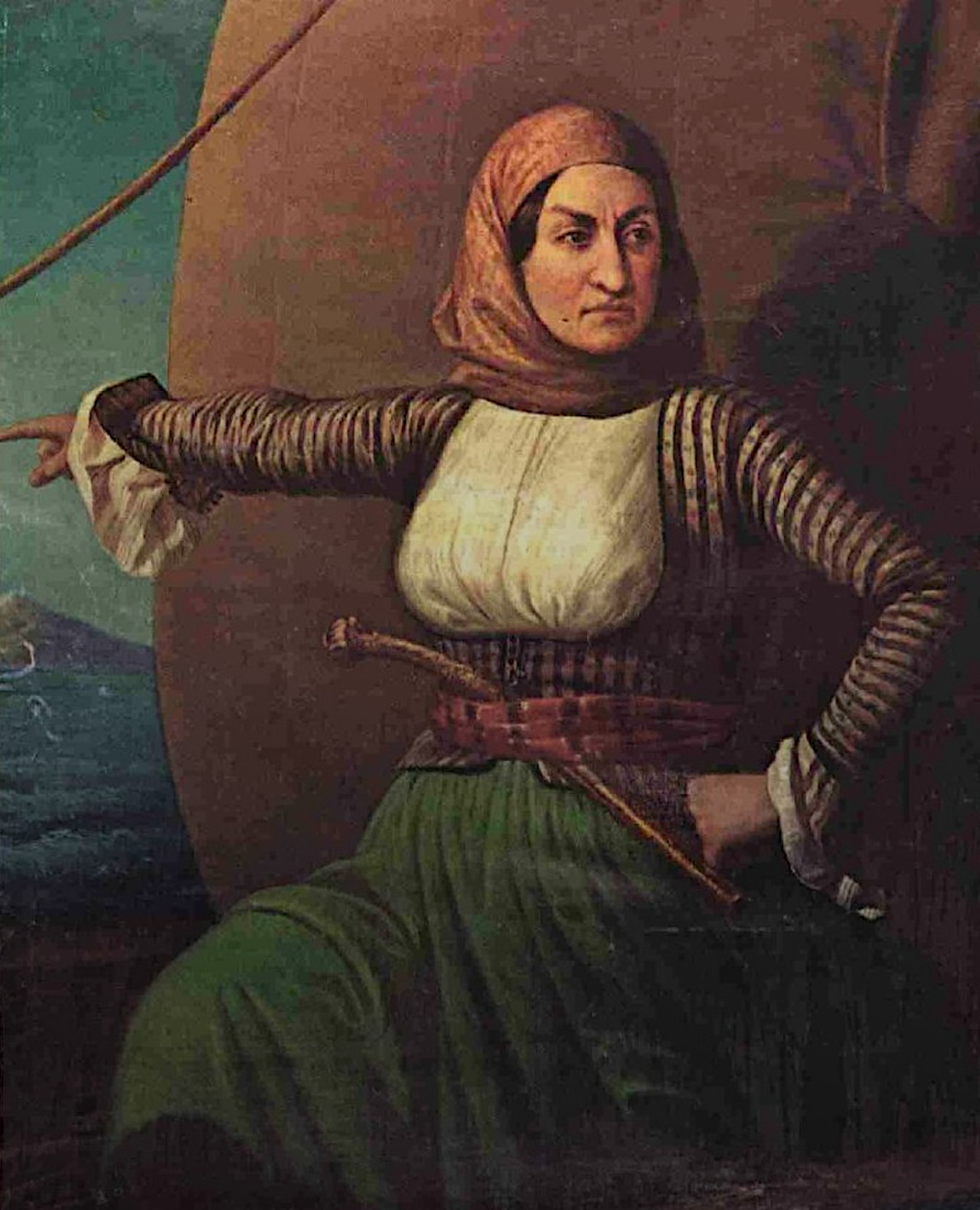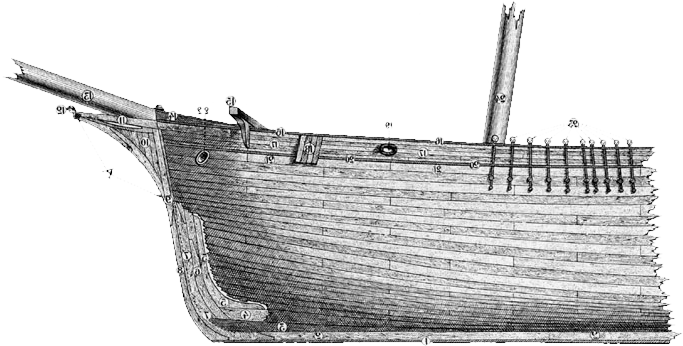
Laskarina Bouboulina, National Historical Museum, Greece
Mission
The aim of the Mediterranean Maritime History Network is to bring together scholars studying the maritime history of the Mediterranean Sea and its linkages to the world. It organizes every four years a conference in order to communicate, interact and exchange information on research and bibliography.
What do we mean by a maritime history of the Mediterranean Sea? What do we approach the History of the Sea? How does one study the sea as a dynamic agent and not just a setting or a geographical area? Whether one uses an economic, social, political, cultural, anthropological, technological, environmental or legal historical approach, or a combination of the above there are five approaches that encompass all mankind’s activities with the sea dynamically and diachronically. How does one trace continuity and change in the history of the sea?
The concept of the conference in based on a re-invention of Broeze’s definition of maritime history.[1] Five categories of analysis which can form a methodology for the analysis of the maritime history of the sea are suggested. It can also be used for a fragment of a sea, for a maritime region, a maritime community, a thematic approach of a maritime activity for a short period, or a long period. One can pick one or two or any category that one chooses at any given period of time. However, any analysis of a sea should take under consideration the inter-connections of the five categories to understand its influence. Because the sea has been and has remained the only natural element that people can use to circumnavigate and connect the world transferring its produce on a massive scale.
The five categories are defined by what humans did: on the sea (seamen, ships, navigation, seatrade, war, piracy); around the sea (maritime communities, islands, port cities, shipping, shipping-related, fishing and touristic businesses), in the sea (fishing, maritime resources, environment); because of the sea (maritime transport systems and entrepreneurial networks, maritime empires, international and national maritime institutions and policy) and about the sea (the maritime culture and heritage, the ideology, the myths and poems of a sea, the impact of the sea on the art). Through these five categories one can follow continuity and change and can see how humankind interact with the sea and affect the path of history at land.
[1] Gelina Harlaftis, “Maritime history: A new version of the old version and the true history of the sea, International Journal of Maritime History, vol. 32(2), 2020, 383–402

Laskarina Bouboulina, National Historical Museum, Greece
Mission
The aim of the Mediterranean Maritime History Network is to bring together scholars studying the maritime history of the Mediterranean Sea and its linkages to the world. It organizes every four years a conference in order to communicate, interact and exchange information on research and bibliography.
What do we mean by a maritime history of the Mediterranean Sea? What do we approach the History of the Sea? How does one study the sea as a dynamic agent and not just a setting or a geographical area? Whether one uses an economic, social, political, cultural, anthropological, technological, environmental or legal historical approach, or a combination of the above there are five approaches that encompass all mankind’s activities with the sea dynamically and diachronically. How does one trace continuity and change in the history of the sea?
The concept of the conference in based on a re-invention of Broeze’s definition of maritime history.[1] Five categories of analysis which can form a methodology for the analysis of the maritime history of the sea are suggested. It can also be used for a fragment of a sea, for a maritime region, a maritime community, a thematic approach of a maritime activity for a short period, or a long period. One can pick one or two or any category that one chooses at any given period of time. However, any analysis of a sea should take under consideration the inter-connections of the five categories to understand its influence. Because the sea has been and has remained the only natural element that people can use to circumnavigate and connect the world transferring its produce on a massive scale.
The five categories are defined by what humans did: on the sea (seamen, ships, navigation, seatrade, war, piracy); around the sea (maritime communities, islands, port cities, shipping, shipping-related, fishing and touristic businesses), in the sea (fishing, maritime resources, environment); because of the sea (maritime transport systems and entrepreneurial networks, maritime empires, international and national maritime institutions and policy) and about the sea (the maritime culture and heritage, the ideology, the myths and poems of a sea, the impact of the sea on the art). Through these five categories one can follow continuity and change and can see how humankind interact with the sea and affect the path of history at land.
[1] Gelina Harlaftis, “Maritime history: A new version of the old version and the true history of the sea, International Journal of Maritime History, vol. 32(2), 2020, 383–402

Laskarina Bouboulina, National Historical Museum, Greece
Laskarina Bouboulina, National Historical Museum, Greece
Laskarina Bouboulina, National Historical Museum, Greece
Mission
The aim of the Mediterranean Maritime History Network is to bring together scholars studying the maritime history of the Mediterranean Sea and its linkages to the world. It organizes every four years a conference in order to communicate, interact and exchange information on research and bibliography.
What do we mean by a maritime history of the Mediterranean Sea? What do we approach the History of the Sea? How does one study the sea as a dynamic agent and not just a setting or a geographical area? Whether one uses an economic, social, political, cultural, anthropological, technological, environmental or legal historical approach, or a combination of the above there are five approaches that encompass all mankind’s activities with the sea dynamically and diachronically. How does one trace continuity and change in the history of the sea?
The concept of the conference in based on a re-invention of Broeze’s definition of maritime history.[1] Five categories of analysis which can form a methodology for the analysis of the maritime history of the sea are suggested. It can also be used for a fragment of a sea, for a maritime region, a maritime community, a thematic approach of a maritime activity for a short period, or a long period. One can pick one or two or any category that one chooses at any given period of time. However, any analysis of a sea should take under consideration the inter-connections of the five categories to understand its influence. Because the sea has been and has remained the only natural element that people can use to circumnavigate and connect the world transferring its produce on a massive scale.
The five categories are defined by what humans did: on the sea (seamen, ships, navigation, seatrade, war, piracy); around the sea (maritime communities, islands, port cities, shipping, shipping-related, fishing and touristic businesses), in the sea (fishing, maritime resources, environment); because of the sea (maritime transport systems and entrepreneurial networks, maritime empires, international and national maritime institutions and policy) and about the sea (the maritime culture and heritage, the ideology, the myths and poems of a sea, the impact of the sea on the art). Through these five categories one can follow continuity and change and can see how humankind interact with the sea and affect the path of history at land.
[1] Gelina Harlaftis, “Maritime history: A new version of the old version and the true history of the sea, International Journal of Maritime History, vol. 32(2), 2020, 383–402
